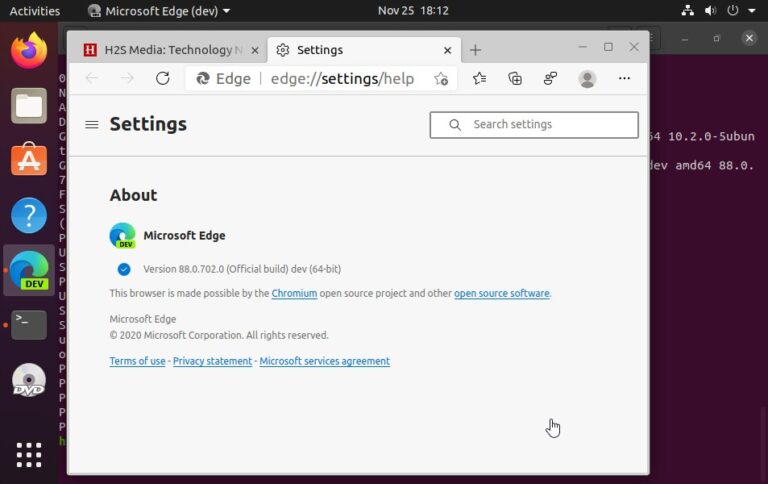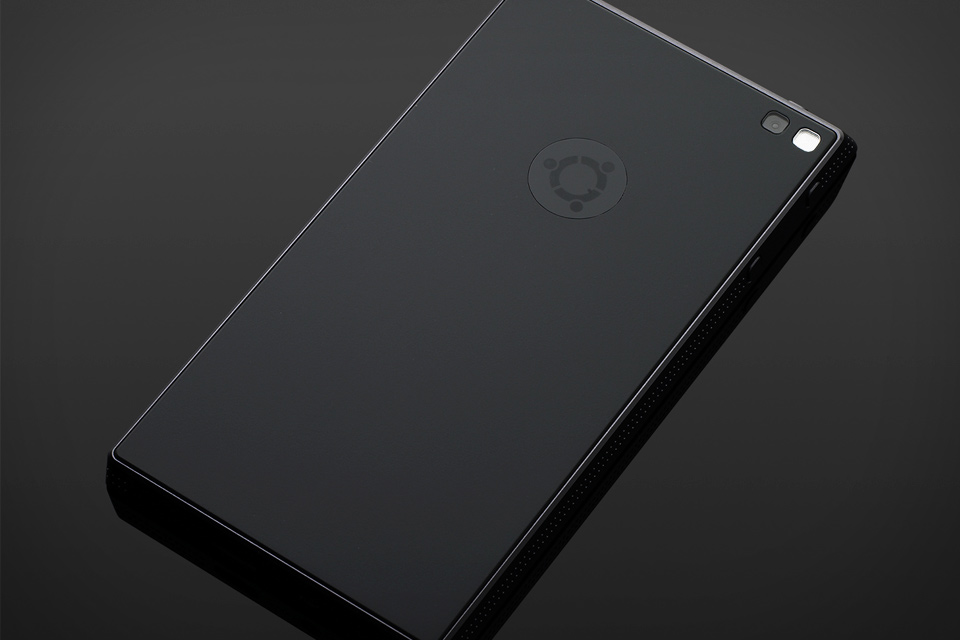

Then, I removed the default new-window entry, reversed the order of the last two entries, updated those two entries to be more specific, and updated Actions to reference those two entries. First, I added –inprivate to the first Exec, which is apparently the default. MimeType=application/pdf application/rdf+xml application/rss+xml application/xhtml+xml application/xhtml_xml application/xml image/gif image/jpeg image/png image/webp text/html text/xml x-scheme-handler/http x-scheme-handler/https Īctions=new-private-window new-tracking-window Įxec=/usr/bin/microsoft-edge-beta -inprivate After removing comments and translations that are irrelevant in my case: Įxec=/usr/bin/microsoft-edge-beta %U -inprivate Instead, backup the /usr/share/applications/sktop file and then edit it. You can use the gsettings command to update the favorites, but I could not figure out how to pass command line parameters. This lists an array such as the following: This command lists the favorites on the dock: /usr/bin/gsettings get favorite-apps It’s interesting to see a software beta at a version number greater than 100. To run the browser in private mode, I need to launch microsoft-edge-beta with the –inprivate command line argument. I wanted to make the icon for the browser in the dock open in private mode by default.

Screen shot showing updated contents of /usr/share/applications/sktop and context menu for Edge icon This blog post explains a hack that you can use to configure the Microsoft Edge browser on Ubuntu Linux to start in private mode by default, even when clicking links in emails.


 0 kommentar(er)
0 kommentar(er)
